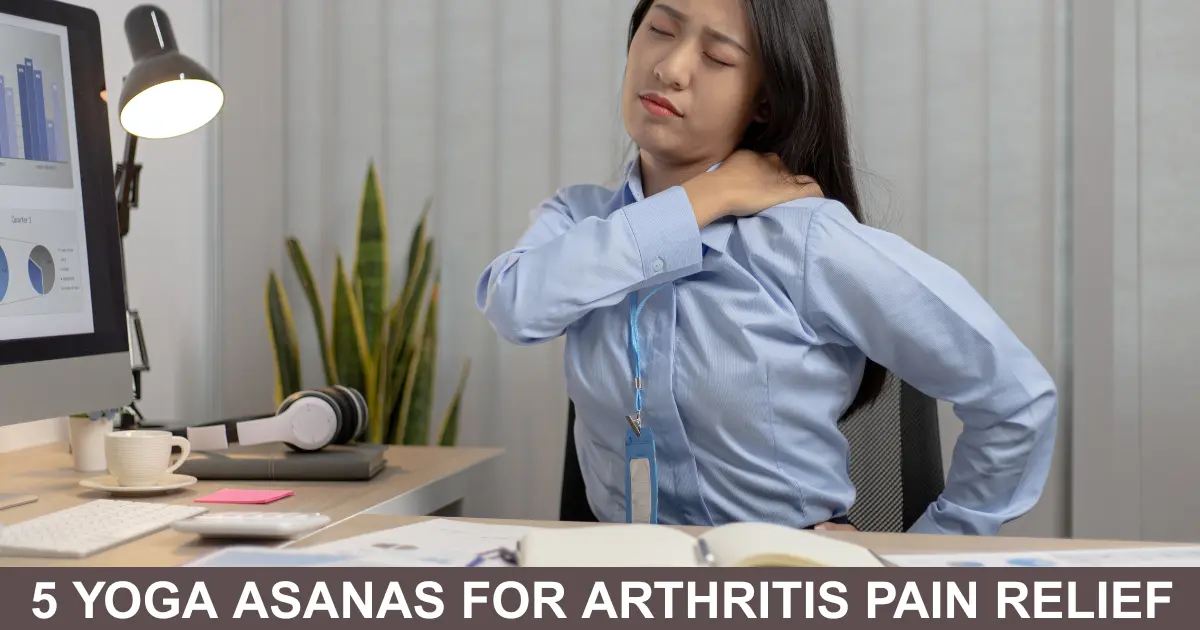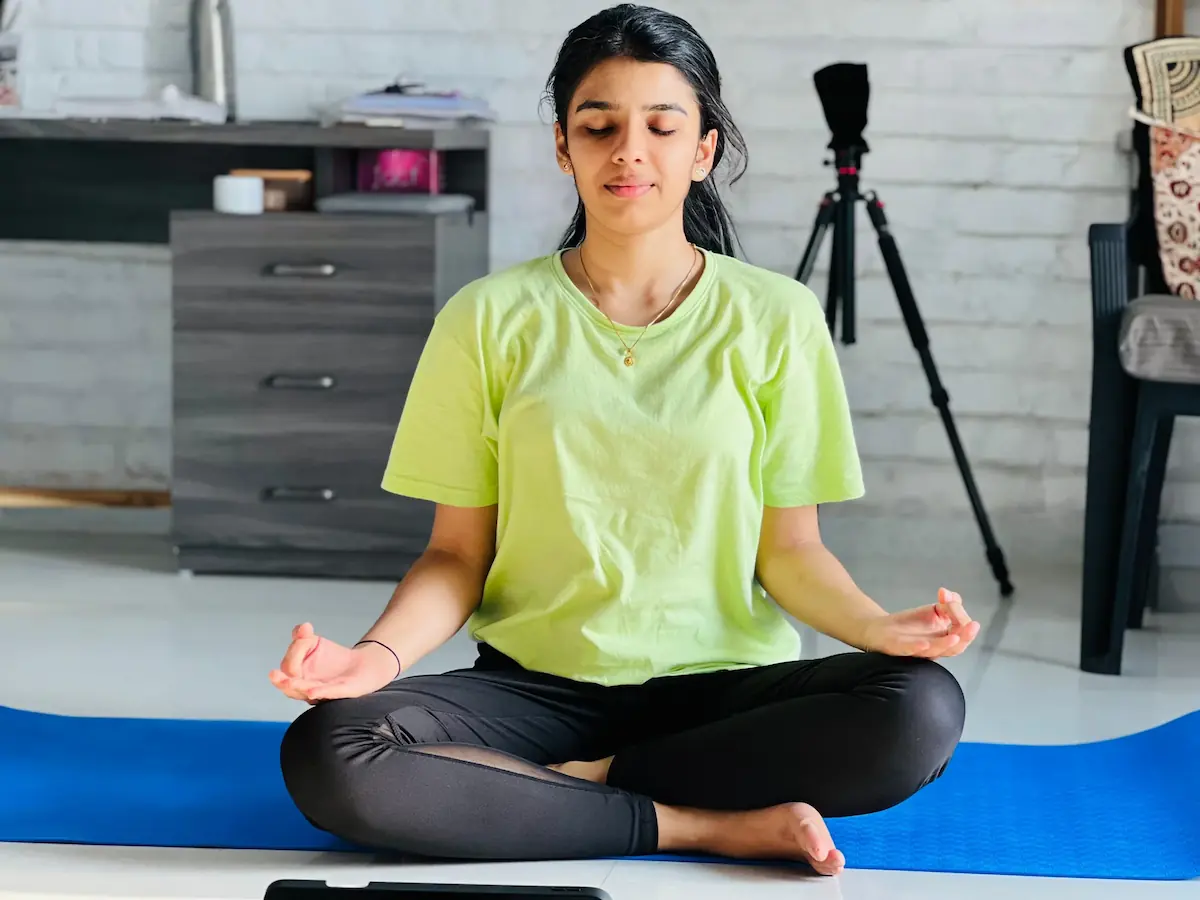Arthritis pain can make even the simplest daily movements feel challenging. While medication and physical therapy are common treatments, adding gentle yoga to your routine can offer natural relief. Practicing yoga at home can help improve flexibility, reduce stiffness, and ease discomfort in the joints all while boosting your overall well-being.
If you’re new to yoga, don’t worry these five beginner-friendly poses are designed to be gentle and supportive. Just remember to listen to your body and consult your doctor before beginning any new exercise.
Vrikshasana (Tree Pose)
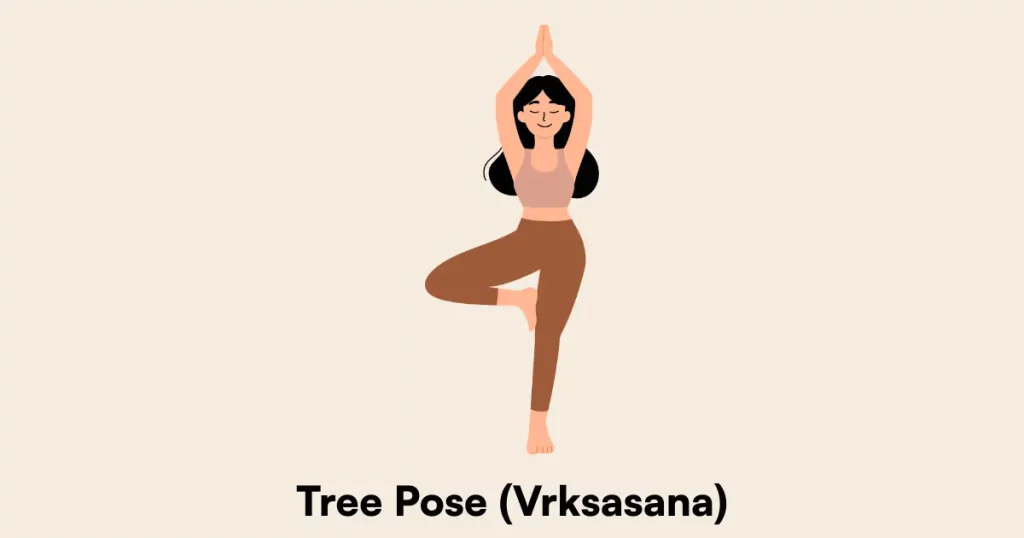
How to do it:
- Stand upright with feet together and arms at your sides.
- Shift your weight to your left leg.
- Bend your right knee and place the sole of your foot on the inner thigh or calf of your left leg (avoid the knee).
- Bring your palms together in front of your chest (Namaste).
- Slowly raise your hands above your head, keeping your palms together.
- Hold for 20-30 seconds. Switch sides and repeat.
Benefits:
- Enhances balance and coordination
- Strengthens legs and hips
Tips:
- Hold onto a wall or chair for support if needed.
- Don’t worry if you wobble practice improves balance over time.
Virabhadrasana (Warrior II Pose)
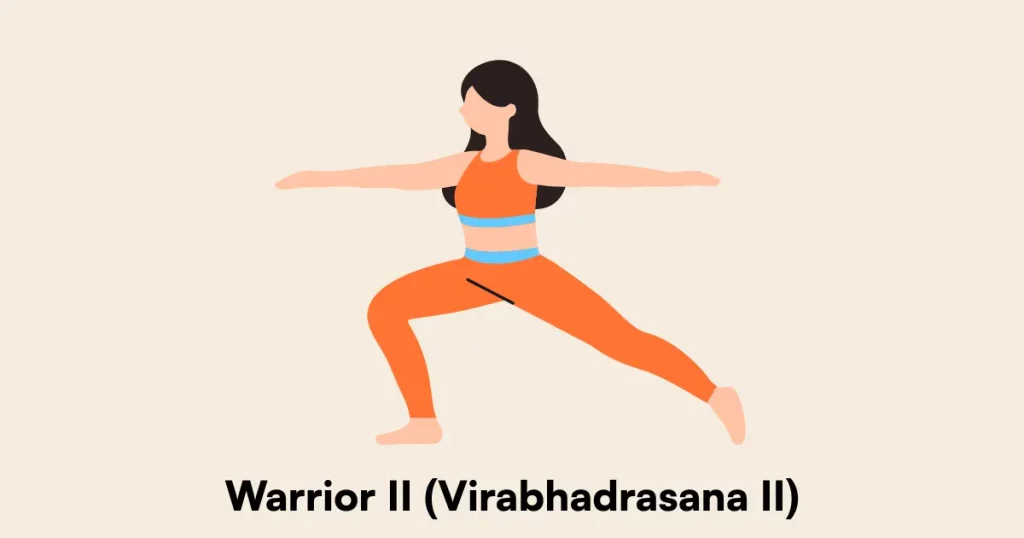
How to do it:
- Stand with your feet 3-4 feet apart.
- Turn your right foot out and left foot slightly inward.
- Extend arms to shoulder level, parallel to the floor.
- Bend your right knee so it aligns over your ankle.
- Look over your right hand.
- Hold for 20-30 seconds. Repeat on the other side.
Benefits:
- Strengthens legs, hips, and back
- Builds stamina and improves posture
Tips:
- Keep the knee aligned to avoid strain.
- Avoid jerky movements move with control.
Marjaryasana–Bitilasana (Cat-Cow Stretch)
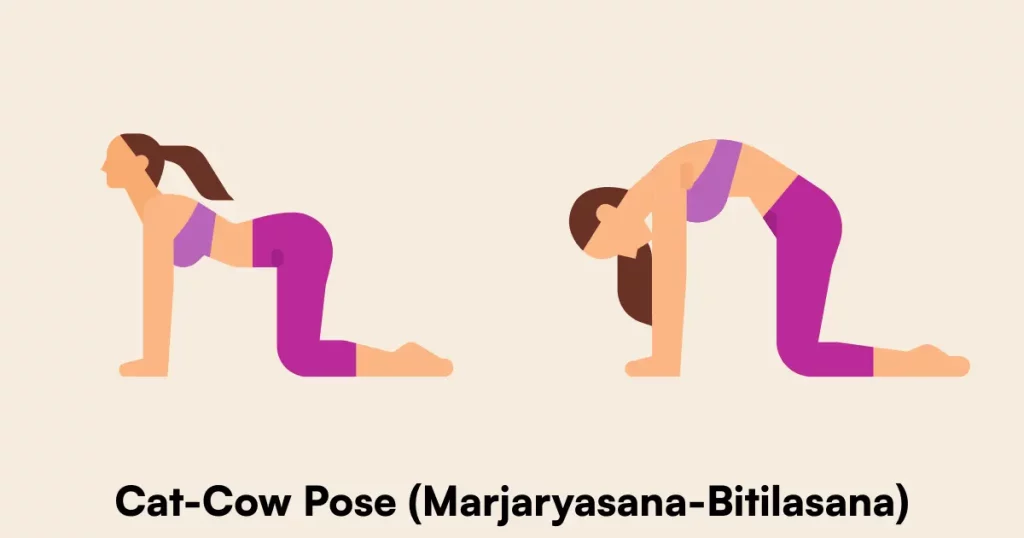
How to do it:
- Begin on your hands and knees in a tabletop position.
- Inhale: Arch your back, lift your head and tailbone (Cow Pose).
- Exhale: Round your spine, tucking your chin and tailbone (Cat Pose).
- Repeat 5-10 rounds, syncing with your breath.
Benefits:
- Eases stiffness in the spine and neck
- Increases mobility in back and core muscles
Tips:
- Move slowly and mindfully.
- Place a folded towel under your knees if needed.
Setu Bandhasana (Bridge Pose)
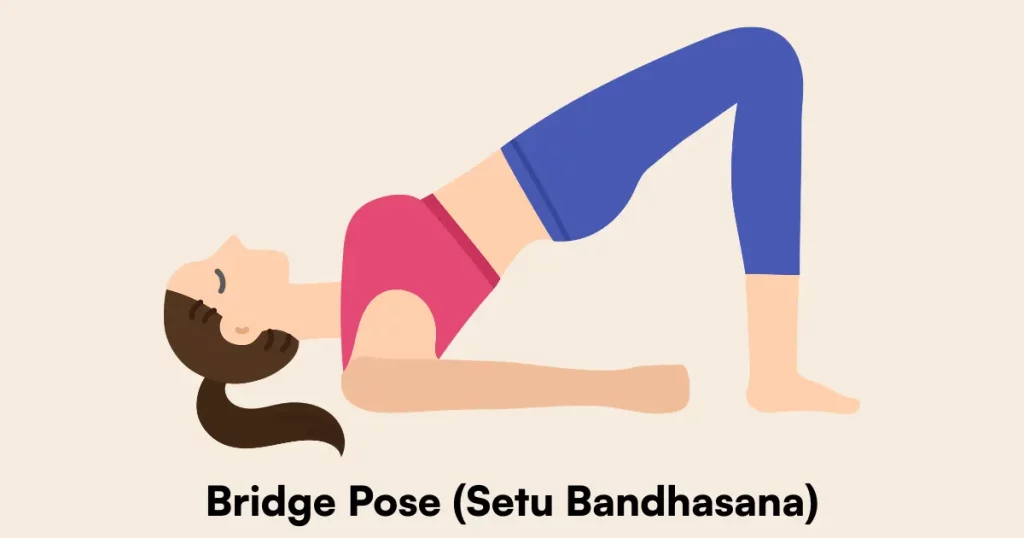
How to do it:
- Lie on your back with knees bent and feet flat on the floor, hip-width apart.
- Keep arms at your sides, palms down.
- Press through your feet and lift your hips.
- Keep thighs parallel; hold for 20-30 seconds.
- Slowly lower down to the mat.
Benefits:
- Strengthens back, glutes, and thighs
- Relieves lower back and hip stiffness
Tips:
- Place a yoga block under your lower back for extra support.
- Don’t over-arch; lift only as high as comfortable.
Trikonasana (Triangle Pose)
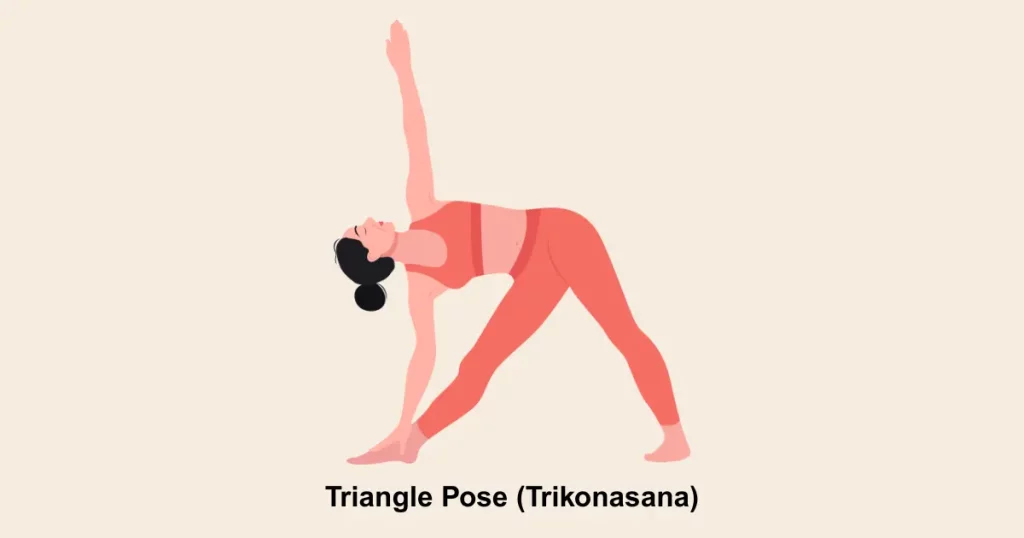
How to do it:
- Stand with your feet wide apart.
- Turn your right foot outward and your left foot slightly inward.
- Extend arms out to shoulder height.
- Inhale: Reach your right arm forward.
- Exhale: Bend from the hip, placing your right hand on your shin or ankle.
- Raise your left arm straight up and look toward it.
- Hold for 20-30 seconds. Repeat on the other side.
Benefits:
- Improves flexibility in hips and legs
- Boosts blood flow and reduces joint stiffness
Tips:
- Use a yoga block under your hand for balance.
- Keep your chest open and avoid collapsing forward.
Final Thoughts
Consistency is key when it comes to managing arthritis through yoga. These gentle poses can support your joints, ease stiffness, and improve your strength over time. Always move within your comfort zone and seek guidance from a certified yoga instructor or doctor if you’re unsure.
With daily practice even just 10-15 minutes a day you’ll begin to feel the positive effects both physically and mentally. Let yoga be your natural path to joint comfort and inner calm.
Frequently Asked Questions (FAQs)
Q1. Can yoga cure arthritis?
No, yoga cannot cure arthritis, but it can significantly reduce symptoms like stiffness, pain, and swelling. It complements medical treatment by improving mobility and reducing stress.
Q2. How often should I do yoga if I have arthritis?
Start with 3-4 times per week, even for 10-20 minutes per session. Gradually increase as your comfort improves.
Q3. Should I avoid any yoga poses with arthritis?
Yes. Avoid poses that put pressure on inflamed joints or require deep squatting, strong twists, or weight-bearing on sensitive areas. Always consult your doctor before starting.
Q4. Can yoga worsen arthritis pain?
If done improperly or without guidance, some poses might cause strain. Begin slowly, use props, and listen to your body to avoid aggravating pain.
Q5. Is it okay to use support like a chair or blocks?
Absolutely. Props make yoga more accessible and comfortable, especially for beginners or those with limited mobility.
